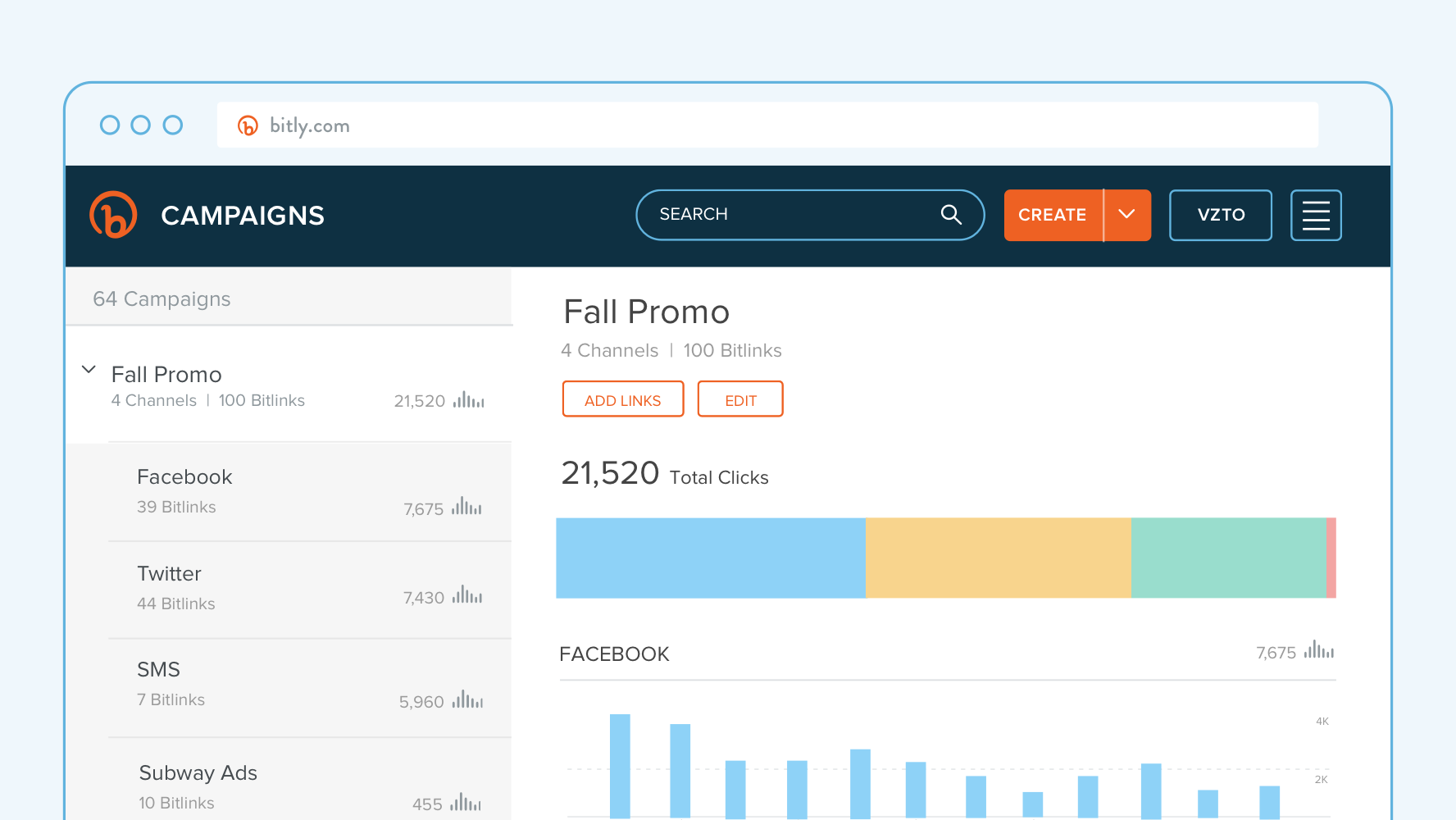
The article was originally published on EveryoneSocial.
You know that thing Dropbox did to become a $4 billion company? What the Broadway musical Hamilton did to draw in 50,000 lottery ticket entrants on its first day, crashing its website?
Growth hack.
Actually, it’s not so much “hacking” as it is “growth.” Hacking suggests a quick, temporary, and often times inelegant solution. What brought these brands success though, was constant iteration and a focus on the long-term.
“With growth hacking, [it’s true that] you are trying different strategies to see some short term growth. But it’s really important to take that knowledge you learn in that process and incorporate it more into the long-term strategies,” says Seiya Vogt, Director of Demand Generation at Bitly.
So how do you track what’s working in your testing? And how do you continue to reproduce this small scale success over time at a greater level?
Here’s how you can measure your efforts and prove ROI:
Knock Down The Silos
Consumers don’t engage in silos. So why would you work in silos?
Today’s digital landscape is complicated. Americans now own four devices on average and the average U.S. consumer spends 60 hours a week consuming content across devices.
Marketers have more channels to experiment with, but they also have to be where the consumers are. Which is everywhere.
One of the best ways to be everywhere at once is to divide and conquer. Every team collects some sort of feedback. In a B2B company, the sales team has insight into customers’ pain points and biggest incentives to upgrade. The social media team knows which channels and devices consumers frequent most. In a B2C company, the product and operation teams know which products are most popular and where.
Grow by building a strong internal communication and sharing data across teams.
With Bitly Brand Manager, teams can easily see how campaigns are performing across the org. They can also see metrics at a more granular level, breaking down campaigns by channel, device, geography, and more — all in one dashboard. No more juggling large spreadsheets or waiting on other teams to run data pulls and send reports over.
This cross-functional view is helpful in identifying opportunities to engage with customers, upsell prospects, or to help other teams build more efficient processes.
At Bitly, we recently used a growth hack to help our sales team better understand when they should reach out to prospects. The timing can be hard to pin down, so we used the messaging app Slack to pull insights that would help our team better understand the context and conversations that they should be having.
Here’s how we did it:
Work The Room
Science says that humans crave control and are wired to reduce information overload. That’s why personalization is so powerful.
We see politicians and world leaders use this technique all the time. They work the room using charisma. Crowds are drawn to these leaders because they feel like the message is being delivered to them personally.
You can channel this kind of charisma too for your brand using demographic data and segmentation.
At Bitly, we use Campaigns to do just that. With Bitly Campaigns, we use Bitly links to track performance of paid campaigns across Facebook, LinkedIn and Twitter. We can easily customize the dashboard to slice and dice our data.
Here’s an example of how we used Bitly to track demographic data recently. Let’s say that we released a new mobile app and based on historical data, we suspect that our biggest users are males 18-24 and males 25-34. But does this demographic engage more than other groups? Which social channels do they hang out on and what content makes them respond?

By adding a layer of tracking on top of our existing efforts, we’re able to get a macro view of how each customer persona interacts across every channel and device. From there, we can create content that speaks personally to each customer’s needs and wants.
Understanding where your audience is and what they’re engaging with at each step of the funnel helps you create the best strategy to win their hearts and their loyalty.
Unplug & Think Offline
Research shows that email open rates are on the decline. This may be true for a lot of brands because of updates like Gmail’s Promotions Tab that keeps certain promotional emails tucked away. The online space is also becoming ever crowded. That’s why we see a lot of companies investing in paid social strategies.
2017 might be the time to try integrating online and offline marketing efforts. Maximize your reach by targeting your customers in places your competitors might not be investing in – like subway ads, event flyers, and business cards. Growth hacking is all about thinking outside the box, after all.
We’ve seen many brands do this with Bitly.
Theater supply and fabric store Rose Brand uses Bitly links to unite online and offline channels, figuring out how many people click to the website after seeing an ad in a magazine.
“Since our demographic is still very involved in traditional media, we include Bitly links in any print ads we run,” says Marketing Coordinator Anna Klimczuk. “By tracking clicks, we’ve been able to see a clear connection before the campaigns we run offline and the actions customers take online. In addition to linking it with print ad campaigns, we also use Bitly links throughout our printed product catalogs. We’re able to easily redirect customers to online resources, which will help them make better purchasing decisions. Using tracked clicks along with Google Analytics data, we’ve been able to better understand the customer journey as it moves from offline to online, and the steps customers are taking that result in sales.”
BarkBox created a similar marketing campaign for a print ad. By using a Bitly link to drill into more detail around an ongoing promotion, the company could track exactly how many interested people engaged with that touchpoint to learn more. If specific links were created for each and every print ad, wherever they appeared, the business could see which placements were most effective.
It’s Not The Tool You Use, But The Way You Use It
Growth hacking boils down to three main components: data, curiosity, and experimentation.
Success stories like Dropbox and Hamilton didn’t hit it out of the park on the first day. It’s a culmination of small tests run over a long period of time. Growth hackers are constantly asking questions, testing out their hypotheses, and tracking each small test. Over time, the bigger picture comes together and you’re able to build out a lever or funnel that consistently drives growth.
“It’s not one and done. You’re not going to try it the first time and hit gold,” says Jon Chang, Marketing Manager at General Assembly.
That’s why tracking and measuring results is so crucial. You never know what you’ll find and when you’ll find the right strategy that sticks. But once you do, you bet you’ll want to have it documented to reuse time and time again.